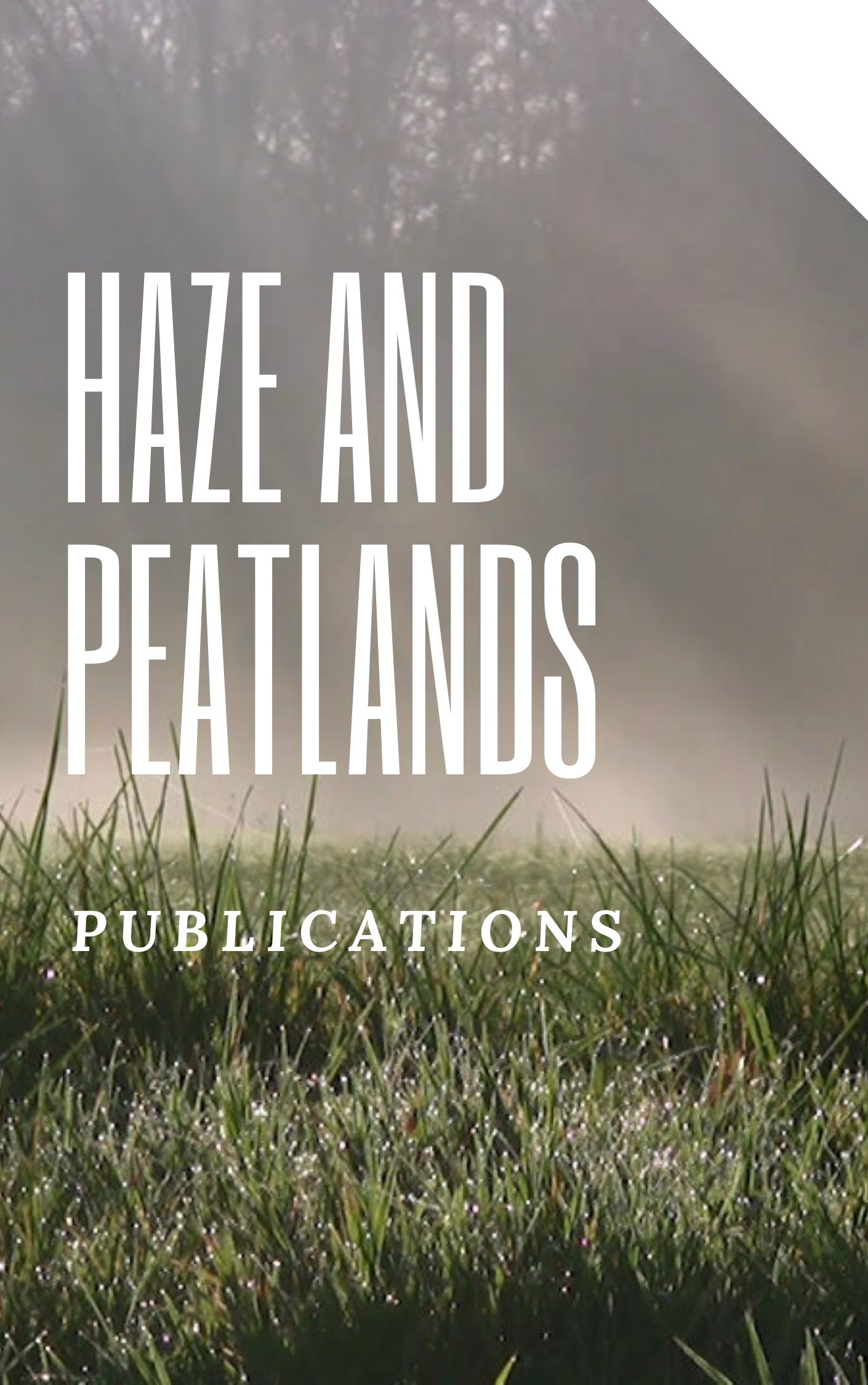The objectives of this research are to investigate the effectiveness of an application of weather modification technology (WMT) in reducing peat fire disasters; and to generate trends and correlations between the implementation of WMT with 3 variables, improvement of precipitation rates, reduction of hotspot cases, and reducing the size of burnt areas. A cloud seeding method was applied in the WMT processes by spraying ultra-giant nucleic (10-50 microns) of NaCl throughout airplanes within the Pelalawan Regency, Indonesia, 2020. The target-only method was applied for evaluating an increase in the precipitation rates during the TMC period of 2017-2020. Three satellites (TRMM, Landsat, and MODIS) data and geographical information system (GIS) were applied in the calculation of precipitation rates, hotspots, and peat fire (burnt) areas. The results showed that during 4 years of the observation period, the implementation of WMT in this research location was considered effective in improving the precipitation rates as PCH = 1.33 >1. There was also a trend that the higher the precipitation rates were, the lower the size of burnt areas would be (R2 > 80%). This article is expected to be a reference for further research and development in peat fire mitigation and control.
View source

